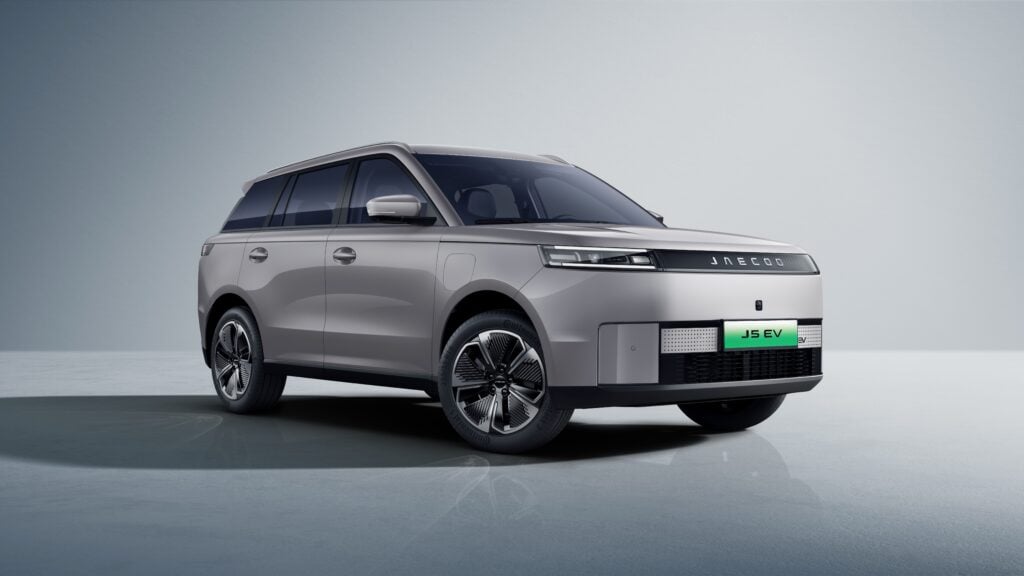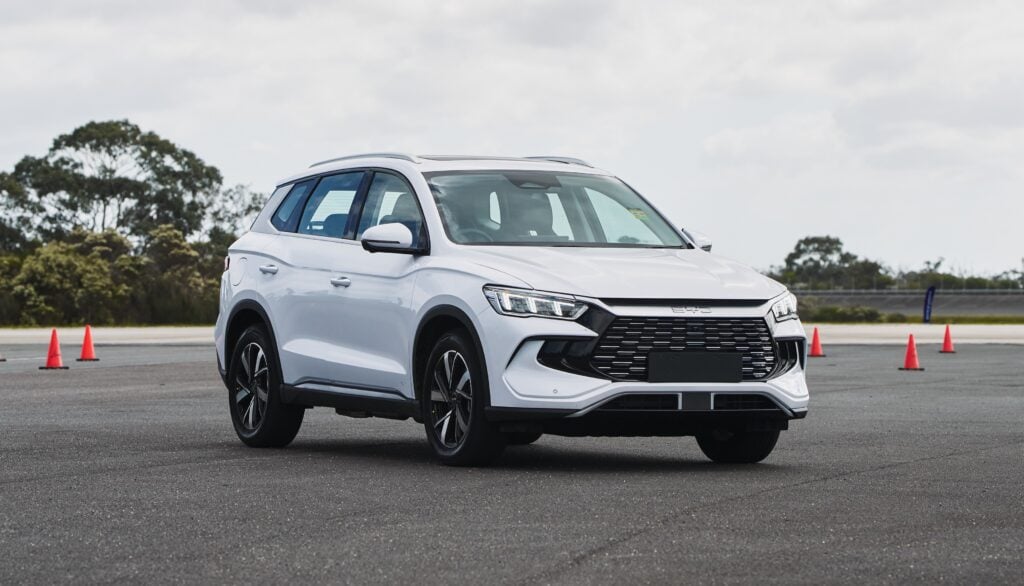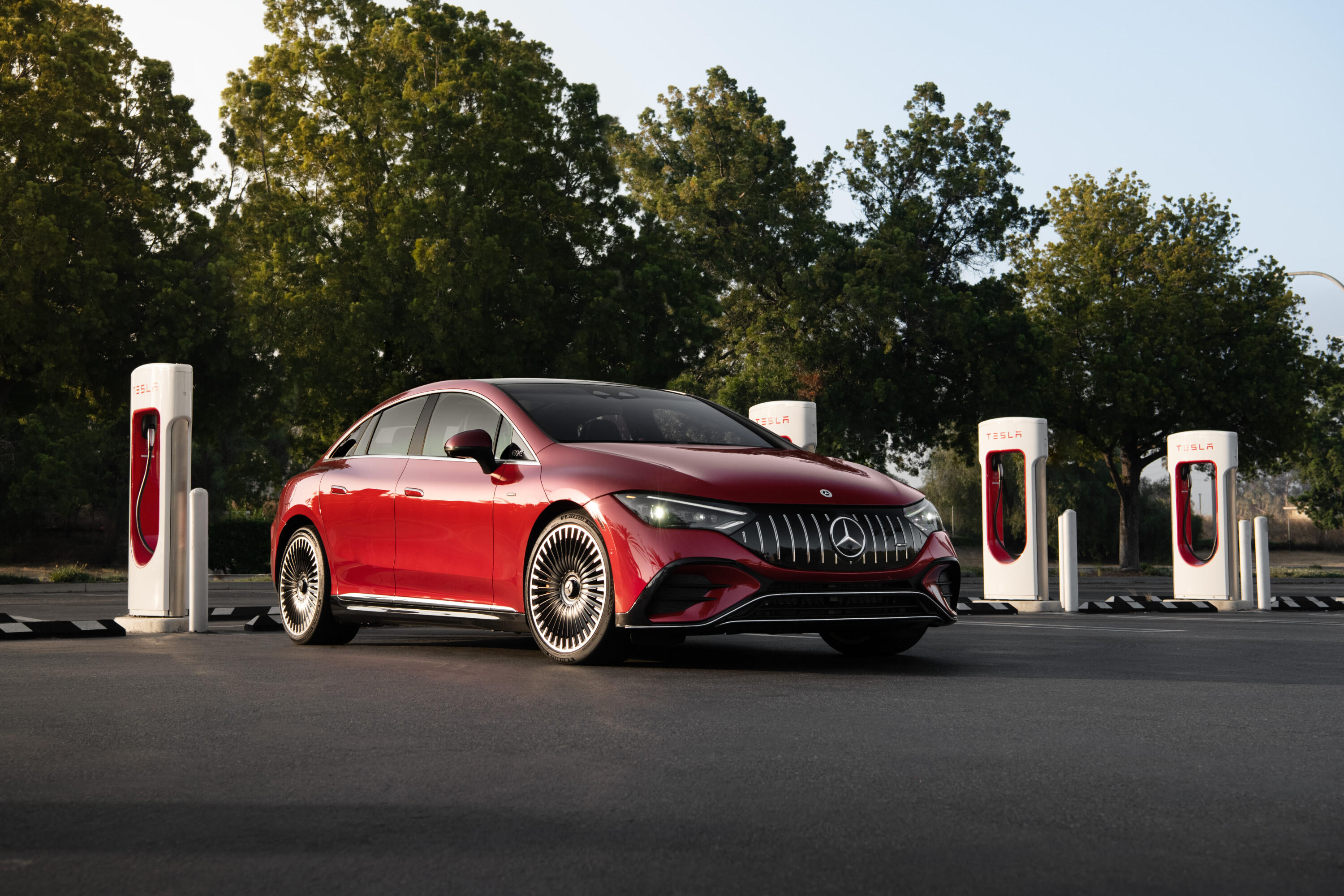
Tesla Australia has unlocked 25 additional Supercharging locations for all electric vehicle models to boost public charging access – but it comes at a high cost.
Snapshot
- 30 Tesla Superchargers now open to all EVs in Oz
- More expensive compared to plugging a Tesla model
- Using existing V2, V3 Superchargers
This means 30 out of 63 existing Tesla Superchargers in the country (listed below) are now part of its non-Tesla EV trial program, after it opened five sites in regional New South Wales earlier this year.
However, access to the company’s ‘V2’ 150kW and ‘V3’ 250kW DC fast charging stations is more expensive – costing $0.78 per kilowatt-hour in all locations, except for $0.77 per kWh at the Tamworth site (as at the time of publication).
Tesla offers a Supercharging membership subscription at $9.99 per month to reduce the charging cost to $0.63/kWh, except Tamworth where it’s cheaper at $0.60/kWh.
Yet, other major charging networks such as Chargefox, Evie, and BP Pulse generally range between $0.30 to $0.55 per kWh depending on the site.
⚡️ The price for convenience
For example, a BYD Atto 3 Standard Range owner, who recharges its 49.92kWh usable battery from 10 to 80 per cent on the 150kW or 250kW Tesla Supercharging network (without membership) will cost about $28 at most locations.
In contrast, plugging in at a Chargefox-owned station would cost around $16 on a standard 50kW stall or $21 on an ultra-rapid 350kW charger – keeping in mind that the electric SUV can only accept up to 70kW DC rates under optimum conditions.
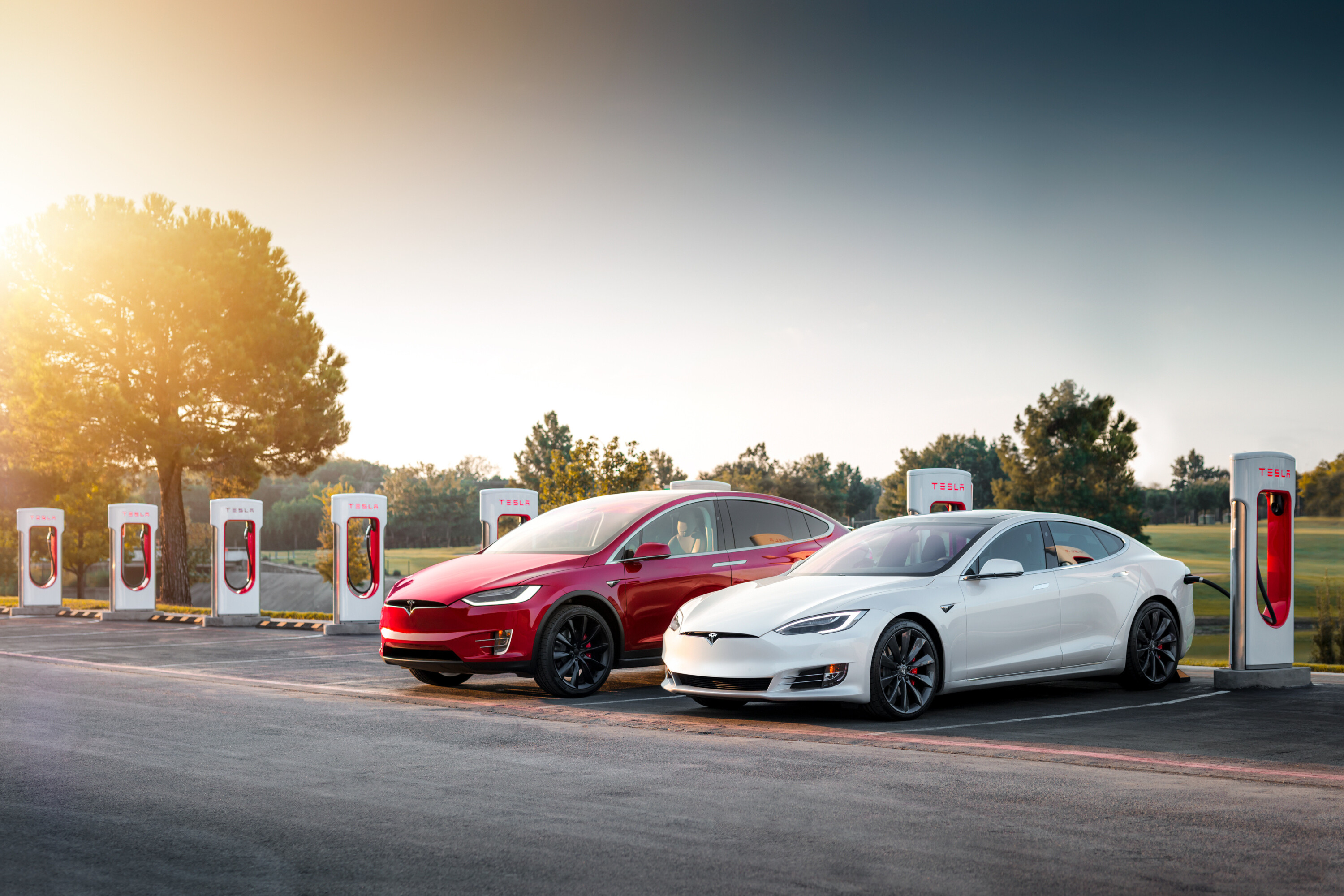
Unlike plugging in a Tesla vehicle, it can be about double the price to charge a non-Tesla EV (without membership) and the rate doesn’t change depending on the time of day.
To encourage EV charging etiquette, ‘idle fees’ still apply at $0.50 or $1.00 per minute when the vehicle has finished charging, but is still plugged in after five minutes when the Supercharging location is half or fully occupied respectively.
Non-Tesla owners need to start and monitor charging sessions via the company’s smartphone app with a signed-up online account.
Tesla Supercharger stations have been lauded for reliability, ease-of-use, and availability of more stalls at each location compared to other networks.
Last week, the American vehicle and energy firm debuted its latest-generation V4 Superchargers in the United Kingdom with features to better accommodate all EVs, including app-free tap-to-pay card functionality.
| Tesla Superchargers open to all EVs in Australia (as at August 30, 2023) | ||
|---|---|---|
| Gympie, QLD | Tamworth, NSWu00a0 | Mornington, VICu00a0 |
| Rochedale, QLD | Tenterfield, NSWu00a0 | Shepparton, VICu00a0 |
| Toowoomba, QLD | Narooma, NSWu00a0 | Yea, VICu00a0 |
| Bathurst, NSWu00a0 | Wollongong, NSWu00a0 | Warrnambool, VIC |
| Blaxland, NSWu00a0 | Bendigo, VICu00a0 | Tuggeranong, ACTu00a0 |
| Berry, NSWu00a0 | Box Hill, VICu00a0 | Clare, SA |
| Campbelltown, NSW | Cann River, VICu00a0 | Mount Gambier, SAu00a0 |
| Dubbo, NSWu00a0 | Colac, VICu00a0 | Tailem Bend, SAu00a0 |
| Hollydene, NSWu00a0 | Geelong, VICu00a0 | Margaret River, WAu00a0 |
| Knockrow, NSWu00a0 | Moe, VICu00a0 | Williams, WA |
February 1, 2023: Non-Tesla Supercharging trial opens in NSW
Tesla has opened five Supercharging sites in regional New South Wales to all electric vehicle models as part of a trial.
Snapshot
- Five Tesla Superchargers in regional NSW open to all EVs
- $0.79 or $0.66 per kWh with subscription u2013 on par with refuelling petrol
- Wider trial roll out expected in Oz
The first five locations are all older ‘V2’ Superchargers capable of delivering up to 120kW of DC power via a Type 2 CCS port, instead of the newer ‘V3’ which can output 250kW.
However, there’s a caveat. Non-Tesla EV owners will need to pay more at $0.79 per kWh.
A $9.99 monthly membership subscription discounts it to $0.66 per kWh or the same cost as a Tesla EV, according to content creator Ludicrous Feed.
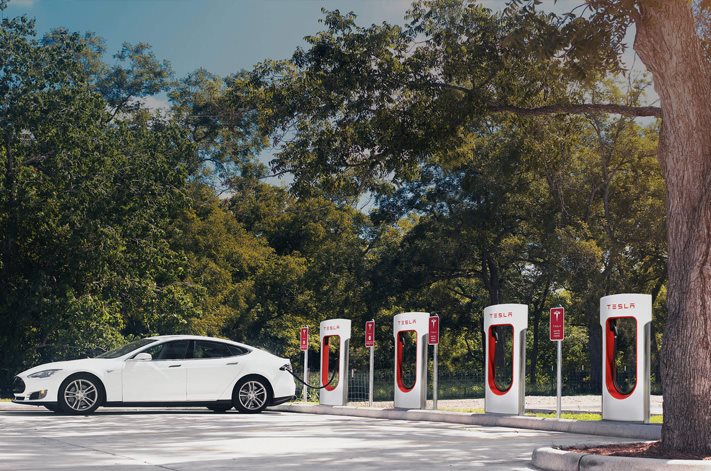
‘Overstaying’ fees also apply for all users who keep their EV plugged-in after it has finished charging. Tesla penalises owners $0.50 per minute when the Supercharging site is at 50 per cent capacity, or $1.00 per minute when at full capacity.
As per all other charging providers, non-Tesla drivers need to download the Tesla app, sign-up to an account, and select the right stall number to start the session – unlike Tesla EVs which automatically start charging after plugging in.
Tesla Superchargers remain the most expensive public EV chargers in Australia – making recharging on par with refuelling a petrol car regardless of whether the membership discount is applied.
Both Chargefox and Evie Networks’ priciest 350kW DC stations are priced at $0.60 per kWh, ditto Ampol’s AmpCharge 150kW units, and BP Pulse’s 75kW fast chargers are $0.55 per kWh.
Meanwhile, Chargefox and Evie Networks’ slower 50kW stations are only $0.40 per kWh and some state government or council-backed chargers are even cheaper.
These are the Tesla Supercharging locations open to all EVs in Australia
| Location | No. of stalls | Max charging speed |
|---|---|---|
| Narooma Plaza, NSW | 4 | 120kW |
| Bathurst Visitor Information Centre, NSW | 6 | 120kW |
| Dubbo Western Plains Cultural Centre, NSW | 4 | 120kW |
| Hollydene, NSW | 6 | 120kW |
| West Tamworth League Club, NSW | 4 | 120kW |
Tesla first started opening its Superchargers in 2021 in Europe for all EV models to access and has gradually expanded its pilot locations, including in the United Kingdom.
The American carmaker warns owners in the app to avoid parking sideways and blocking other spaces. This is because each electric car has their charge port in different locations on the body compared to Tesla EVs and may struggle to plug-in due to the shorter cable lengths of Tesla Superchargers.
For example, the cable may not be able to reach front fender-mounted charge ports on models such as the BYD Atto 3, Jaguar I-Pace and Porsche Taycan if parked straight into the spot.
Meanwhile, the right three-quarter side charging connectors on EVs such as the Hyundai Ioniq 5, Cupra Born and Mercedes-Benz EQB may park and block adjacent spots, as Superchargers were originally designed to suit Tesla models that have it on the left three-quarter side.
More EV stories to help you choose the best car for your needs
- ? EV news, reviews, advice & guides
- ❓ Short & sweet: Your EV questions answered
- ⚡ New EVs: Everything coming to Australia
- ? Australia’s EVs with the longest driving range
- ⚖️ Best-value EVs by driving range
- ? How much do EVs cost in Australia?
- ? How much more expensive are EVs?
- ⚖️ Number crunching: Is it time to switch to an EV?
- ♻ Should you buy a used EV?
- ?️ Are EVs more expensive to insure?
- ? Costs compared: Charging an EV vs fueling a car
- ? EV charging guide
- ? Are there enough EV chargers in Oz?
- ?? EV servicing explained
- ? EV battery types explained
- ? When do EV batteries need replacing?
- ? Hydrogen v EVs: What’s best for Oz?
- ✋? Mind your manners! EV charging etiquette tips
- ? How sustainable are EVs, really?
MORE advice stories to help you with buying and owning a car
We recommend
-
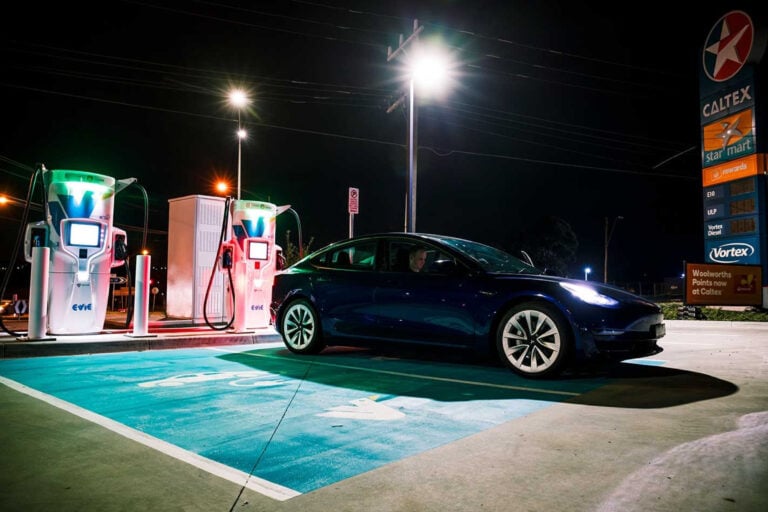 Advice
AdviceAre there enough EV chargers in Australia? Here's your guide
Public EV charging networks are expanding, but there still aren’t enough today. Does that mean you shouldn’t buy an EV?
-
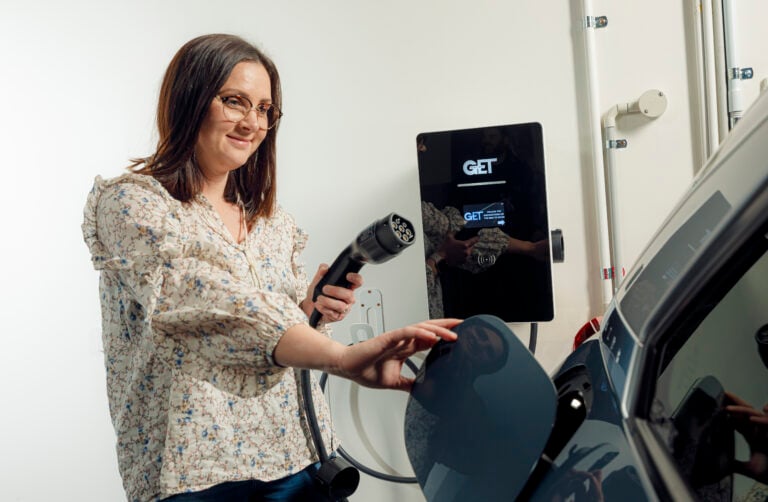 Advice
AdviceEV Charging Explained: Home & public charging, speed & plugs
Sponsored by GET Electric, this is a go-to guide to understand charging an EV at home or on the road
-
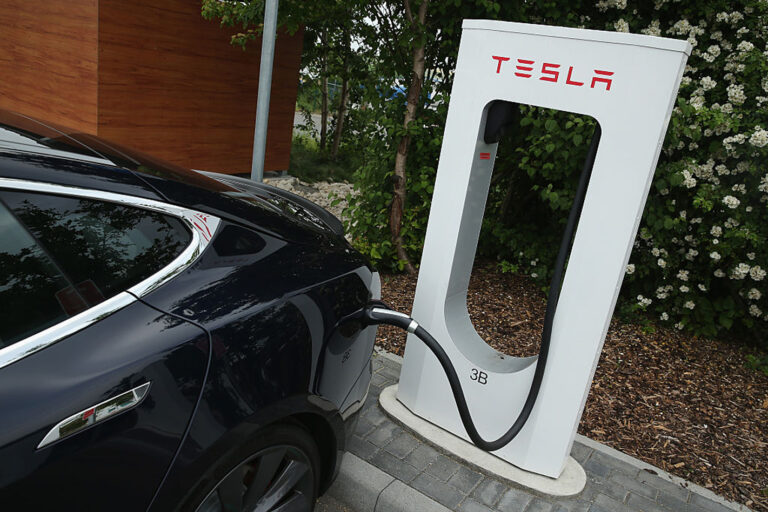 News
NewsTesla opens European Supercharger network to other brands
The expanded Supercharger network will be available for more electric vehicle owners across Europe


